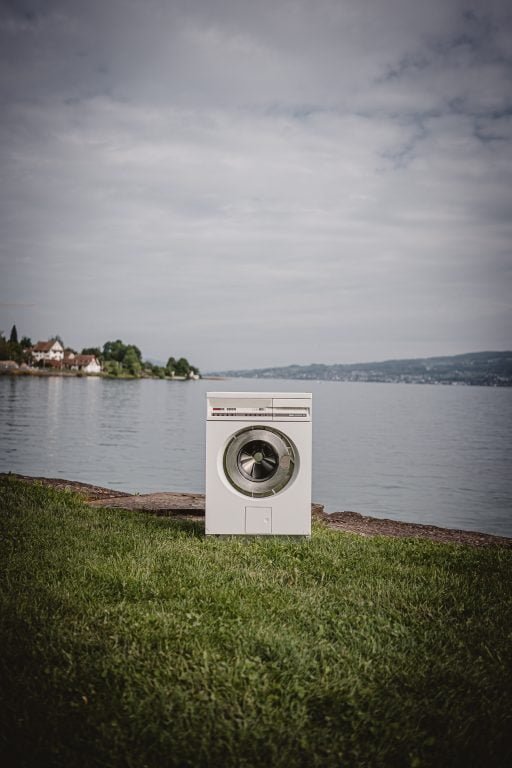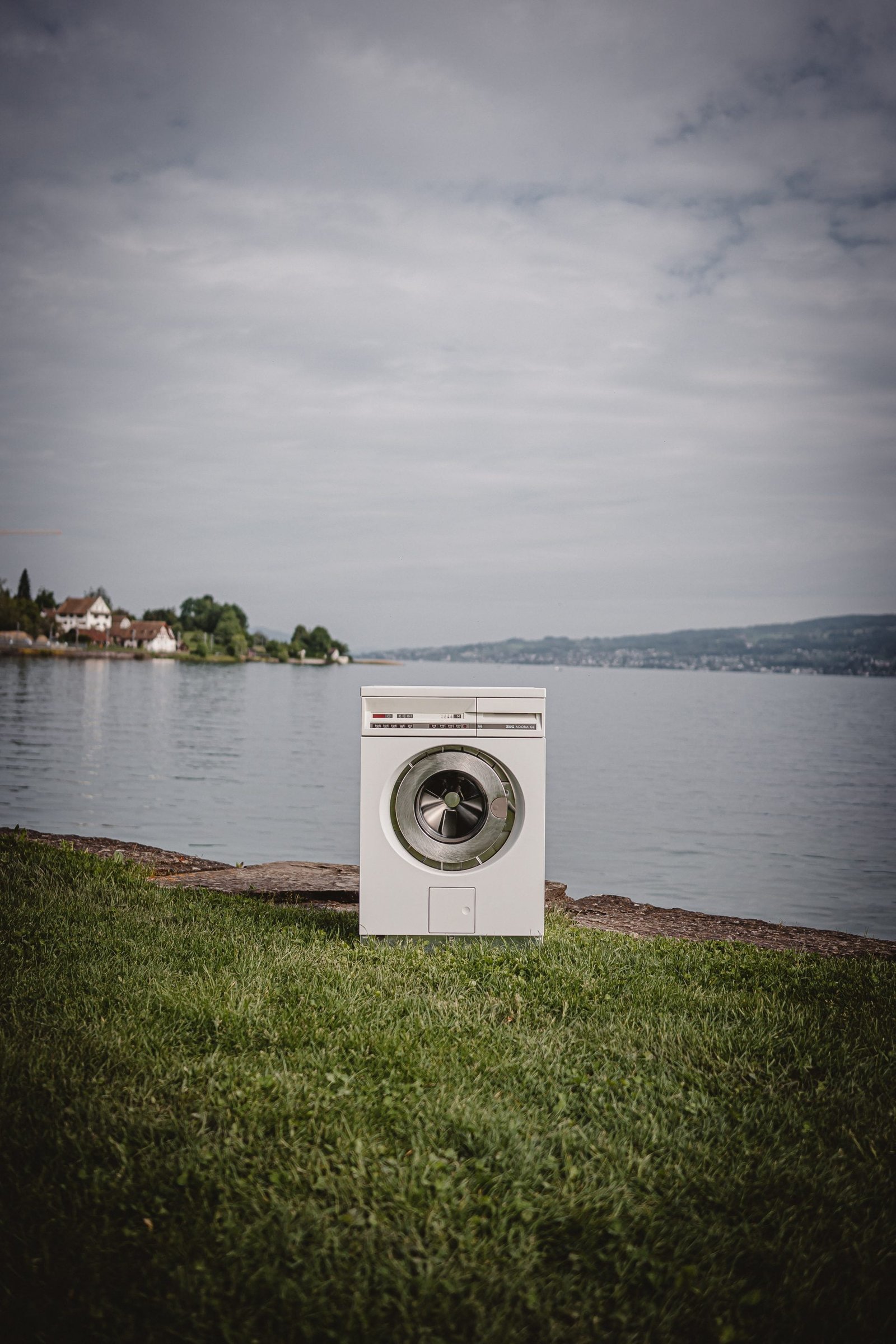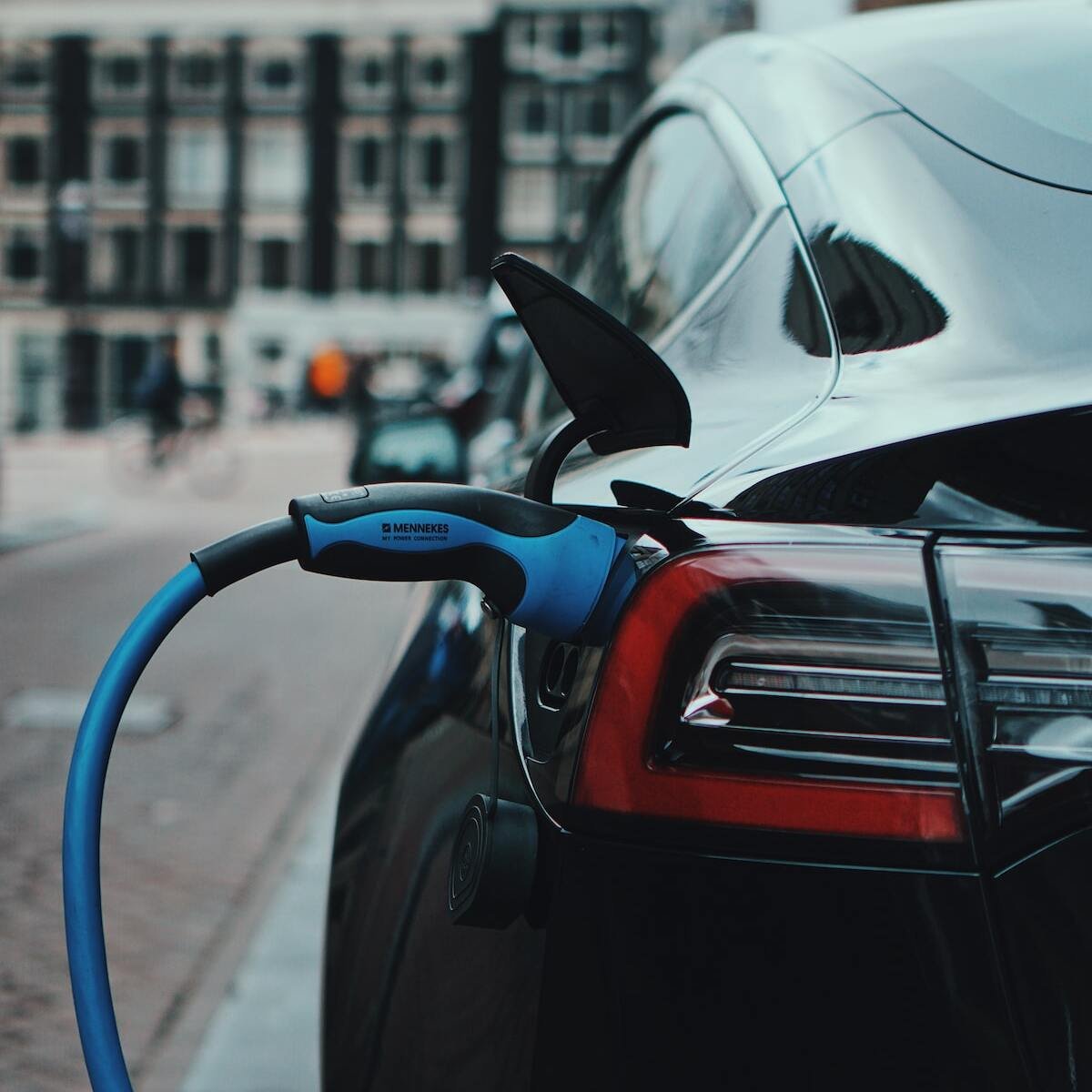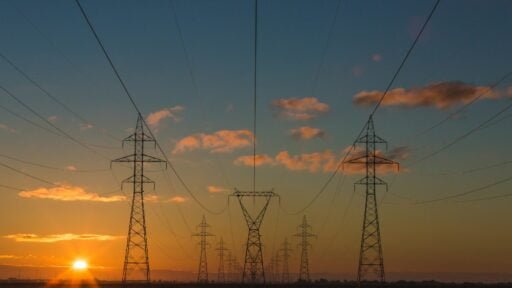As the world increasingly focuses on sustainability and energy conservation, homeowners are becoming more conscious about the efficiency of their household appliances. Undertaking an appliance audit can be an effective way to select energy-efficient models that not only cut energy bills but also contribute to a healthier environment. But what exactly should you look for when conducting an appliance audit for your home?
Log in or Sign Up to get access to the Sufficient.ai Home Energy & Appliance Audit tool and dataset
Energy-efficient appliances can have a significant impact on your home’s overall eco-friendliness. A study by the Natural Resources Defense Council (NRDC) suggests that devices like ENERGY STAR-certified appliances can save American households roughly $40 billion on their annual utility bills(1). When conducting your audit, the importance of looking out for ENERGY STAR labels cannot be overstated. This label is a government-backed symbol for energy efficiency, offering a significant reduction in energy use compared to standard models.
Considering refrigerators, for example, can make a huge difference. Modern energy-efficient refrigerators use considerably less energy than older models, sometimes up to 40% less according to the Department of Energy(2). When evaluating refrigerators, focus not only on the ENERGY STAR label but also on the model’s size and type. Generally, top-freezer refrigerators are more energy-efficient than side-by-side models, and selecting an appropriately sized refrigerator for your needs can reduce unnecessary energy use.
Another essential household appliance to consider is the dishwasher. Current energy-efficient models are designed to use less water and energy per cycle. By opting for an energy-conserving dishwasher, you can save an average of 3,870 gallons of water over its lifetime(3). Examine the water usage specifications when shopping for a new model and prefer those with air-dry settings which eliminate the need for heated drying.
Washing machines have also become more eco-friendly. New front-loading models are particularly efficient, using less water and energy than top-loading machines. The difference can amount to a saving of over 7,000 gallons of water per year for an average family, as reported by the ENERGY STAR website(4).
When it comes to ovens, convection ovens are known for their energy efficiency. They use a fan to continuously circulate hot air around the food, reducing cooking times and temperatures, which ultimately saves energy. Moreover, induction cooktops are increasingly popular because they use electromagnetism to heat pots and pans directly, resulting in less wasted heat and reduced cooking times compared to standard electric or gas stovetops(5).
While these appliances are pivotal to residential energy saving, don’t forget about smaller devices like LED light bulbs and programmable thermostats, which can also contribute significantly to an energy-efficient home. An appliance audit that focuses on energy-efficient models and sustainable practices will not only reduce your carbon footprint but also lead to substantial savings on utility bills over time.
References
1. CA Building Decarbonization: Progress Report & 2024 Priorities (NRDC)
2. Shopping for Appliances and Electronics (ENERGY.GOV)
3. Dishwashers (ENERGY STAR)
4. Laundry Best Practices (ENERGY STAR)
5. Making the Switch to Induction Stoves or Cooktops (ENERGY.GOV)





